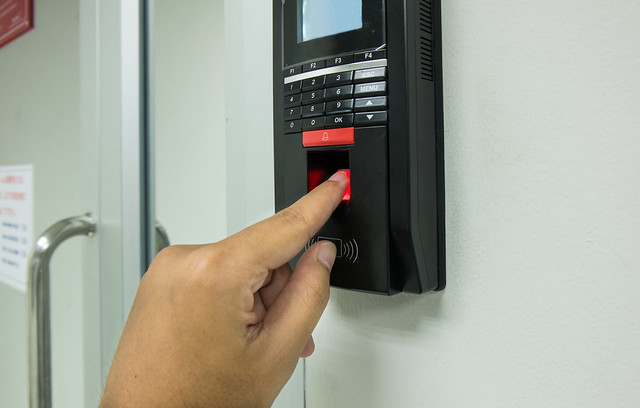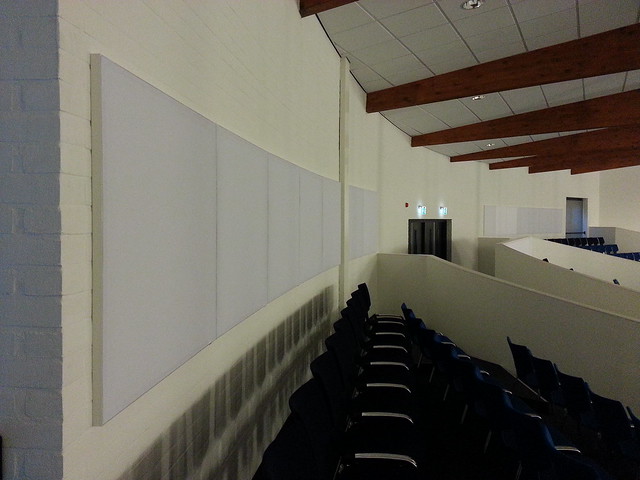How Residential Kitchen Remodeling Can Boost Your Home’s Value
Residential kitchen remodeling can boost your home’s value. However, it also comes with costs.
The financial cost is one of the most important considerations. It can be difficult to estimate how much the remodel will cost without an experienced contractor.
In addition to the project cost, a homeowner will need to factor in time. Many DIY remodels take longer to complete than professionally-handled projects.
Cabinets
A cabinet remodel can be a complex project. A team of professionals must address a variety of variables such as wall straightness, jogs in the cabinets, elevation changes, and space for residential kitchen remodeling appliances. Ultimately, it is all about transforming a collection of boxes into a piece of beautiful built-in furniture with crisp reveals and clean lines.
Cabinets may be made from solid wood or a combination of materials. Solid wood comes from tree-growth lumber, typically oak, maple, hickory, cherry, alder or exotic hardwoods such as lyptus. It is very durable and expensive, but it can also be difficult to work with because of its density.
Other types of cabinets are made from manufactured materials such as particle board, MDF and plywood. Cabinets may have a face frame or be frameless (Euro-style). Face frames include a supporting front frame 1+1/2 inches wide which the cabinet doors overlay. Reform sometimes installs 36-inch wide cabinets that have two 18-inch door panels, a workaround for smaller clearances in a kitchen. If you are remodeling in a condo or co-op, check the building’s alteration agreement to determine what is permitted.
Countertops
Countertops make a big impact on your kitchen’s overall look and feel. They should be a complementary color or material to your cabinets for a balanced, cohesive look. There are a variety of countertop options for homeowners to choose from, including granite and quartz. Each has its own pros-and-cons. For example, quartz is more durable but can be less heat-resistant than granite.
Laminate countertops are another affordable option. They come in many colors and patterns and are simple to install and maintain. However, they can be prone to scratches and dents.
Reclaimed wood or butcher-block countertops are warm and add a natural element to any kitchen. They’re also easy to clean and have a versatile style that can match any aesthetic. However, these countertops require extensive sealing and need to be treated with great care.
Marble is a luxurious choice for countertops, but it’s not as heat-resistant as other materials. It’s best to use this type of countertop in an accent area like an island. When choosing a marble slab, homeowners should check their building’s alteration agreement to ensure the renovation is within code.
Backsplash
A backsplash can elevate the look of your kitchen while defending the walls against moisture, stains, and heat. A variety of attractive backsplash materials exist to suit any kitchen remodeling project. However, you should consider installation difficulty, maintenance requirements, and durability when selecting a backsplash.
Backsplashes are typically constructed from tile. Popular options include traditional ceramic and glass tiles, as well as more modern options like stainless steel or quartzite. Wood is also a striking backsplash material, complementing minimalist or cottage styles and warming up stone countertops and stainless-steel appliances. Laminate flooring planks can also be used as a backsplash, but be careful about the seams and edges, which may not be resistant to moisture.
For a cohesive look, match your backsplash to the color or texture of your countertops and cabinets. A good backsplash will create a focal point in your kitchen, but don’t be afraid to experiment with shapes and colors for a truly distinctive style. Decorative backsplash materials can also add drama to your kitchen, such as Moroccan fish scale, chevron, or laser-cut tile patterns.
Flooring
A new kitchen floor can transform the look of your room and add value to your home. It’s a project that many homeowners are willing to tackle themselves, but it should always be done by a professional for safety and quality results.
The most popular flooring options for the kitchen are tile, wood and laminate. Laminate is a durable material that has good water resistance and comes in a wide range of colors and grain patterns. It is relatively inexpensive and easy to install.
Wood flooring is a timeless material that looks great in any kitchen. It’s also an eco-friendly choice that can be made from recycled materials. If you want to add warmth and comfort, consider installing radiant floor heating.
For those looking for something more affordable than hardwood, bamboo is a hardy material that can withstand moisture and is available in a variety of hotel remodeling contractors colors. You should always choose a reputable brand to ensure durability. Wood can also be stained or carbonized to protect it from fading over time. Another great option is concrete, which can be stained to look like wood or stone and is highly durable.
Lighting
Lighting is a crucial aspect of kitchen design that shouldn’t be an afterthought. Properly layered ambient and task lighting can transform the room, making it more inviting, functional and easier to use.
Ambient lighting is softer overhead light that illuminates the space to create a warm and welcoming atmosphere. This type of lighting should be evenly distributed throughout the kitchen, which can be done using recessed lighting, chandeliers, or even pendant fixtures. Dimmers can be installed to allow the homeowner to control the amount of brightness based on the mood or activity.
Undercabinet lighting is another way to brighten the kitchen. This type of lighting can be installed under cabinets or in the upper corners of a cabinet to help illuminate dishes, counters and other items.
For a more personal touch, the homeowners can also install a fun take on undercabinet lighting by turning mason jars or other glass bottles into unique pendant lights for over their dining table or kitchen island. This is an easy DIY project that can add a pop of color and style to the room.



